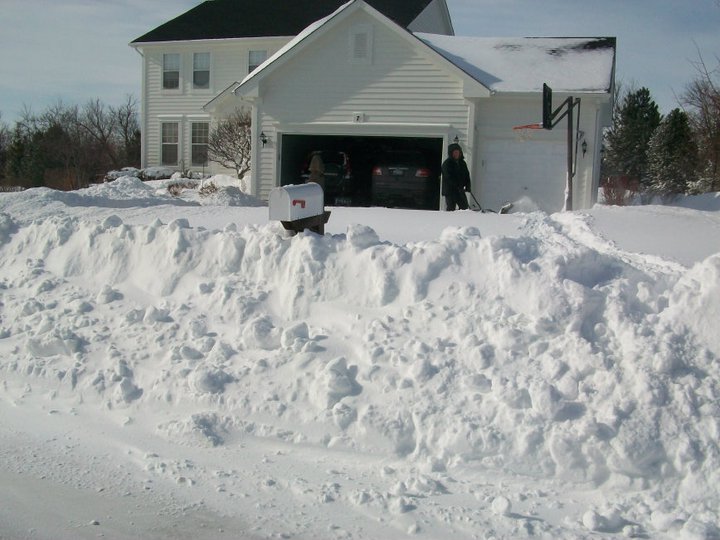The AccuWeather forecasting team, along with other weather meteorologists, predicts Chicago will endure the harshest winter conditions in the nation during the 2011-2012 winter season. The Chicago area is predicted to receive up to 52 inches of snow, almost twice as much as the average amount of precipitation.
“Last winter, Chicago received an average snowfall of 57.9 inches, with a few very severe snow storms,” Brian Edwards, meteorologist of AccuWeather, said. “This winter is going to be just as bad if not worse, with many severe snow storms earlier on in the winter season.”
District 95 is taking all the necessary safety precautions for the winter season, according to Dr. Mike Egan, superintendent.
“Snow Days are determined on whether or not the roads are safe enough for buses to safely complete their routes or if cars can make it to school,” Egan said. “When the conditions are too dangerous to transport students, school has to be cancelled for the day. It’s all about the students’ safety.”
The process begins around 3 or 4am. The director of transportation goes out and drives every bus route, and then determines if the conditions are safe enough to get students to and from school.
If the director of transportation decides conditions are unsafe, the District will have a snow day.
For each snow day during the school year, students with the exception of seniors will have to make up that day during the summer.
“I’ve heard the recent weather predictions for this year, and District 95 is prepared for the winter,” Egan said. “We usually will know if a big storm is coming a week in advance.”
The administration strongly stresses that their utmost concern is the safety of students.
Meteorologists predict long term weather patterns based on temperatures in the Pacific Ocean. When the temperatures in the ocean are below average, this affects the location of the jet stream over North America.
Jet streams are fast flowing air currents found in the atmosphere. The location of a jet stream determines the temperatures and amount of precipitation in the region it overlooks.
This winter season, the jet stream is located south of the Great Lakes. This will also cause cold winds to come down from Canada, into the northern Midwest states.
“This winter will be the fifth year in a row with far above average precipitation,” Edwards said. “Chicagoans had better start preparing for the weather; it may catch everyone off guard.”
The most memorable snow storm that occurred last winter produced over 20 inches of snow in 24 hours, a storm that caught many rush hour commuters off guard. Hundreds of citizens were forced to abandon their cars on Lake Shore Drive due to the amount of snow.
Edwards suggests that Chicago area citizens start taking safety precautions before the big storms hit. It is also advised to look over all rules of the road for winter driving safety tips and to check all home appliances to make sure everything is running efficiently.
“The only difference between this winter and last winter is that last winter, all the big storms and snow fall came later in the season,” Edwards said. “This year the weather is predicted to come full force with a lot of power right into the start of the winter months.”
The accumulation of snowfall could quite possibly prolong the winter season into mid spring, according to Edwards.
“Some of my colleagues will even go as far as to say that they feel as if many Chicagoans will get the desire to move as far away from Illinois as possible after this winter,” Edwards said. “The worst is definitely yet to come for the people of Illinois.”

